The Ford Mustang was the most significant vehicle out of Detroit in the 1960s, but which one stands out as the most significant of all? Our Pick of the Day is my submission for answering that loaded question. This 1967 Ford Mustang GT 2+2 is listed for sale on ClassicCars.com by a dealership in Green Brook, New Jersey. (Click the link to view the listing)
You would be forgiven to suggest the 1965 Mustang was the most significant year for the pony car, especially the mid-year 1964½ examples that excited America like no other car (despite the early introduction, they’re all 1965s per the VIN). But the 1967 Mustang—the first redesign—is the hinge between what the Mustang was and what it would become.
Let’s address the styling first: the 1967 Mustang bears a resemblance to the classic 1965-66, but it is upsized and refined. The stance is more sure-footed, the styling more properly integrated (no tacked-on taillights, for example), the interior is more refined (no more under-dash air conditioning), and the option list was expanded to the point of absurdity. Like Burger King said, have it your way, because the number of options almost guaranteed all Mustangs being unique.
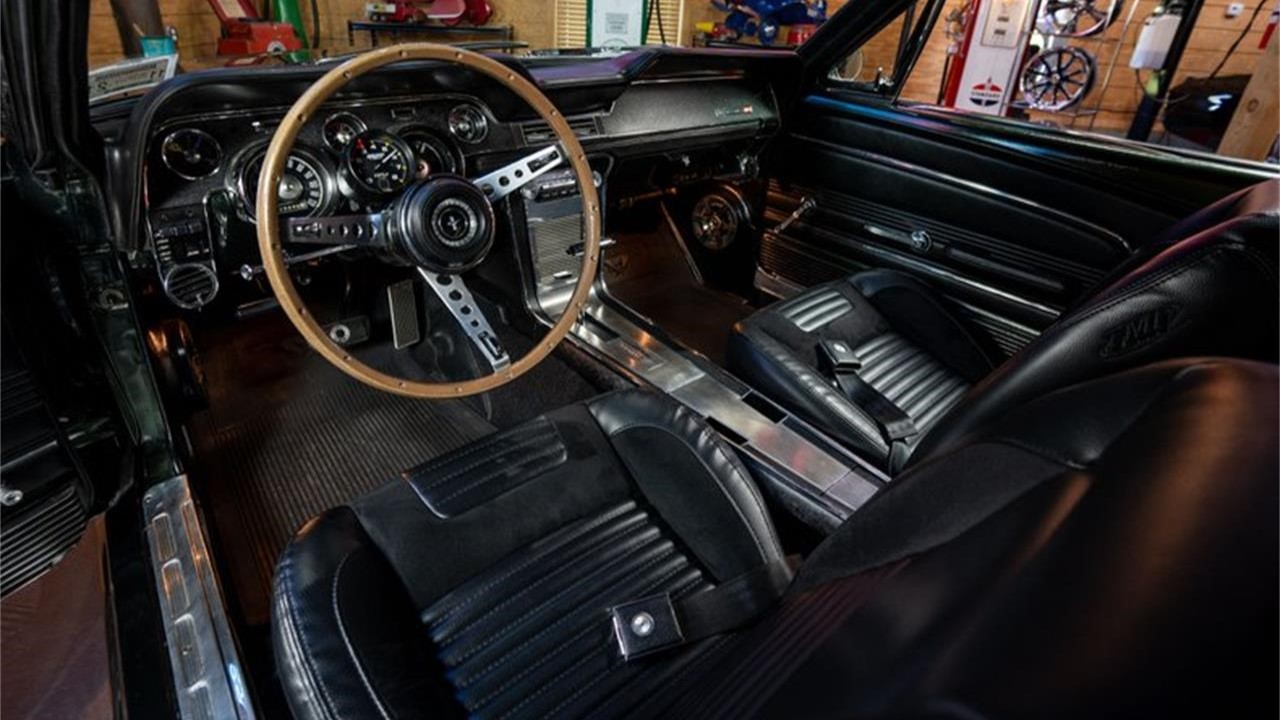
But it’s under the hood how the Mustang demonstrated its ties to the past and the future: several versions of the inline-six and 289 were available, but newly available was a big-block. The six was popular, but it was dwarfed by the 289-2V. For those wishing more jaunty performance, a 289-4V with 225 horsepower gave some pep while being reasonable about town. Paired with a four-speed, it perhaps was the quintessence of a pony car.
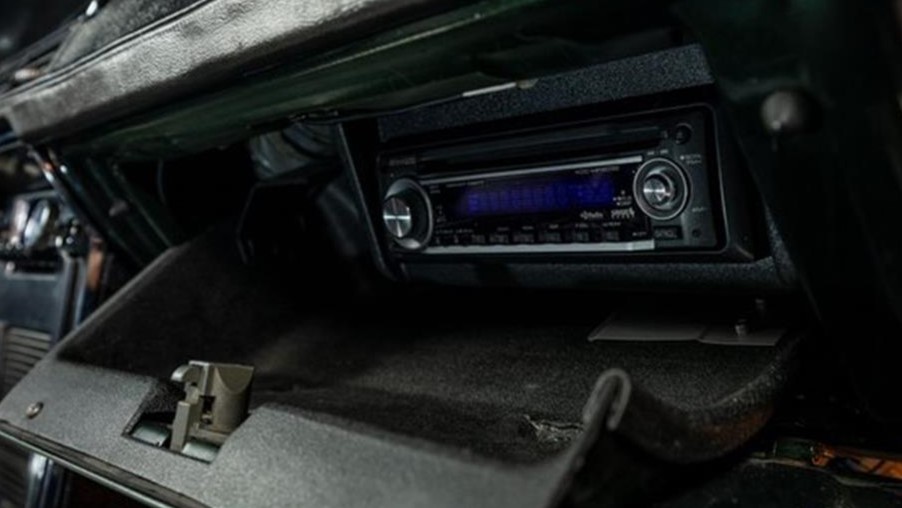
But, for enthusiasts, that engine wouldn’t do. The 289 Cobra V (aka “289 High-Performance” or “K-code”) was the top engine since the summer of 1964 and was renown for being a small-block screamer like few in the market. Originally introduced for the 1963 Fairlane, this 271-horsepower engine swiftly became famous as being the one powering most small-block Shelby Cobras. Only 489 were built, all four-speeds or automatics with the GT package.
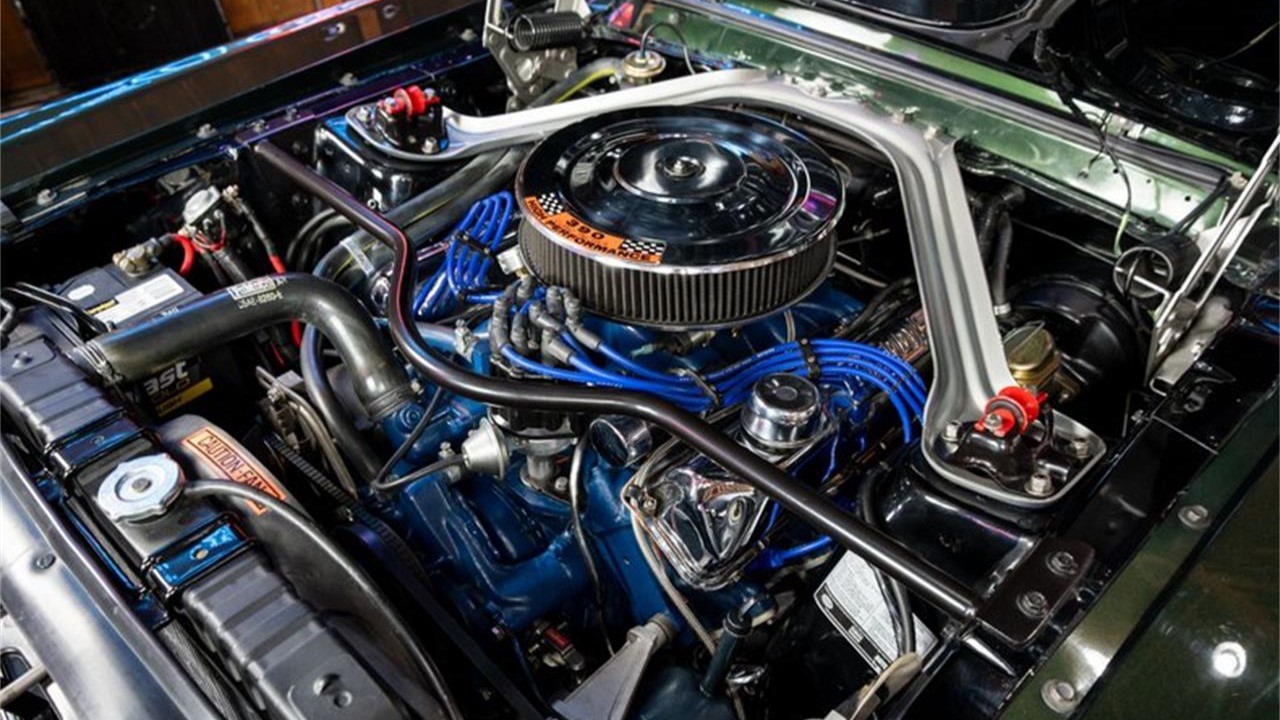
And then there was Mustang’s first big-block, an engine that would set the tone for the model into the 1970s. Though Ford widened the engine bay to facilitate the 390’s installation, though it was already a tight fit. Rated at 320 horsepower, the 390 was the Mustang’s calling card for the performance market that had surged since the introduction of the Pontiac GTO in 1964. The introduction of the 390 led to luminaries like the 428 Cobra Jet, Boss 429, 429 Cobra Jet, and even the 351 Cleveland and its high-output variants for 1971-72.
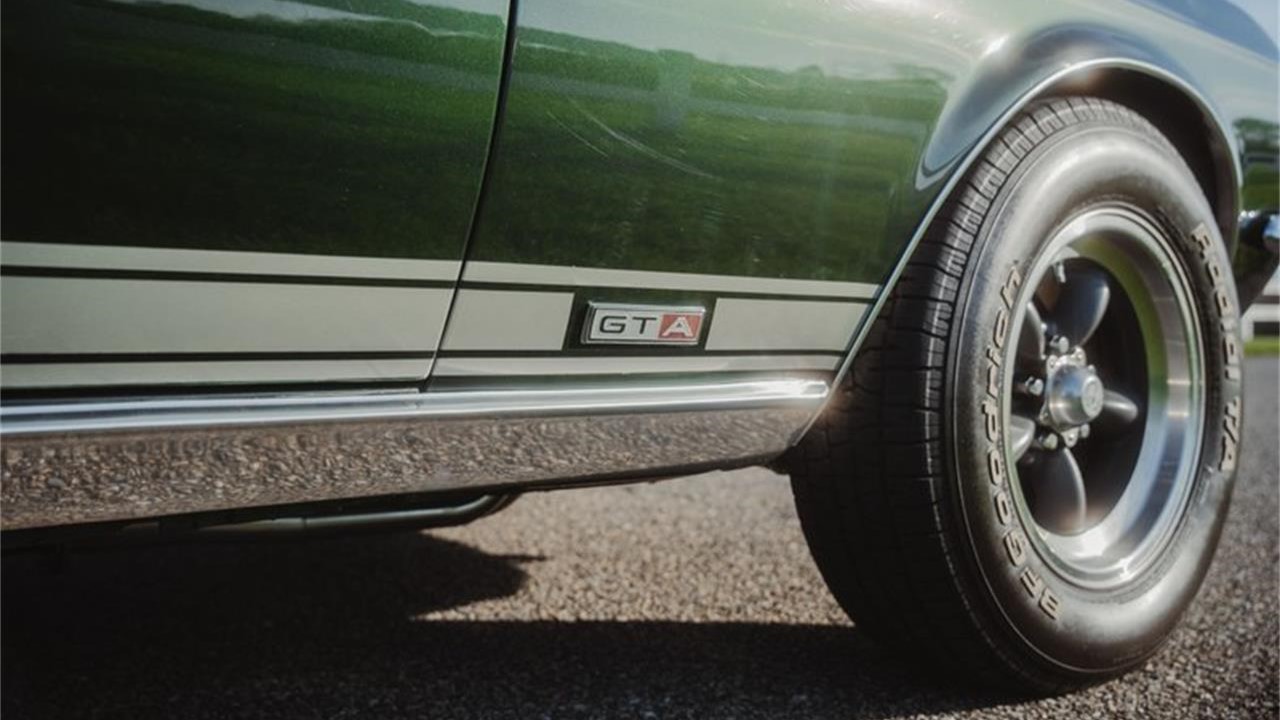
Like most 390 Mustangs, this 1967 Mustang 2+2 features the GT package. It also is equipped with an automatic, turning this GT into a GTA, as Ford offered the SelectShift Cruise-O-Matic that allowed for manual control. Of course, the key identifying feature of the GT was its four-inch fog lamps, but also included with the package was F70-14 Wide Oval tires, front power disc brakes, Special Handling package with higher rate springs and shocks (among other items), low-restriction dual exhausts, and GT rocker stripes. “This vehicle has been meticulously restored by taking all the very well preserved, original components and bringing it to like new condition,” says the seller. “Inside, a fully restored interior welcomes with the Deluxe Steering Wheel with wood-like rim, coveted rear fold-down seats and factory-style trunk mat, complete with spare tire and cover.”
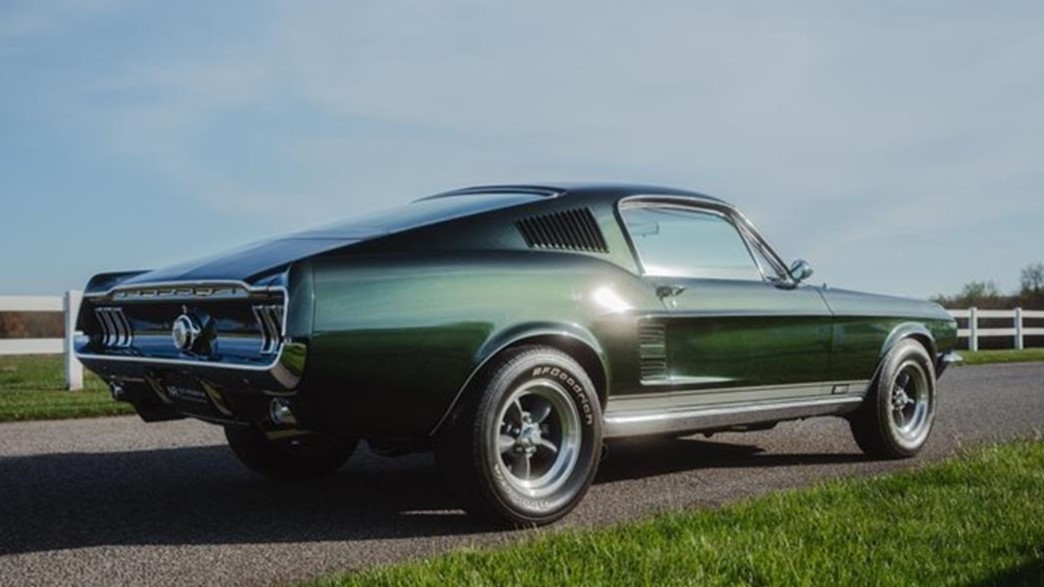
This GTA is not quite 100 percent stock—it’s been restified. The engine has been built by Arsenault Performance Machine Shop to the tune of 500 horses and almost as much torque. “A Lunati Voodoo Camshaft and Lunati Hydraulic Flat Tappet Lifters ensure smooth yet commanding power delivery, while the Cloyer True Roller Timing Set keeps everything in sync.” Fifteen-inch American Racing Torque Thrusts lend themselves for more visual excitement.
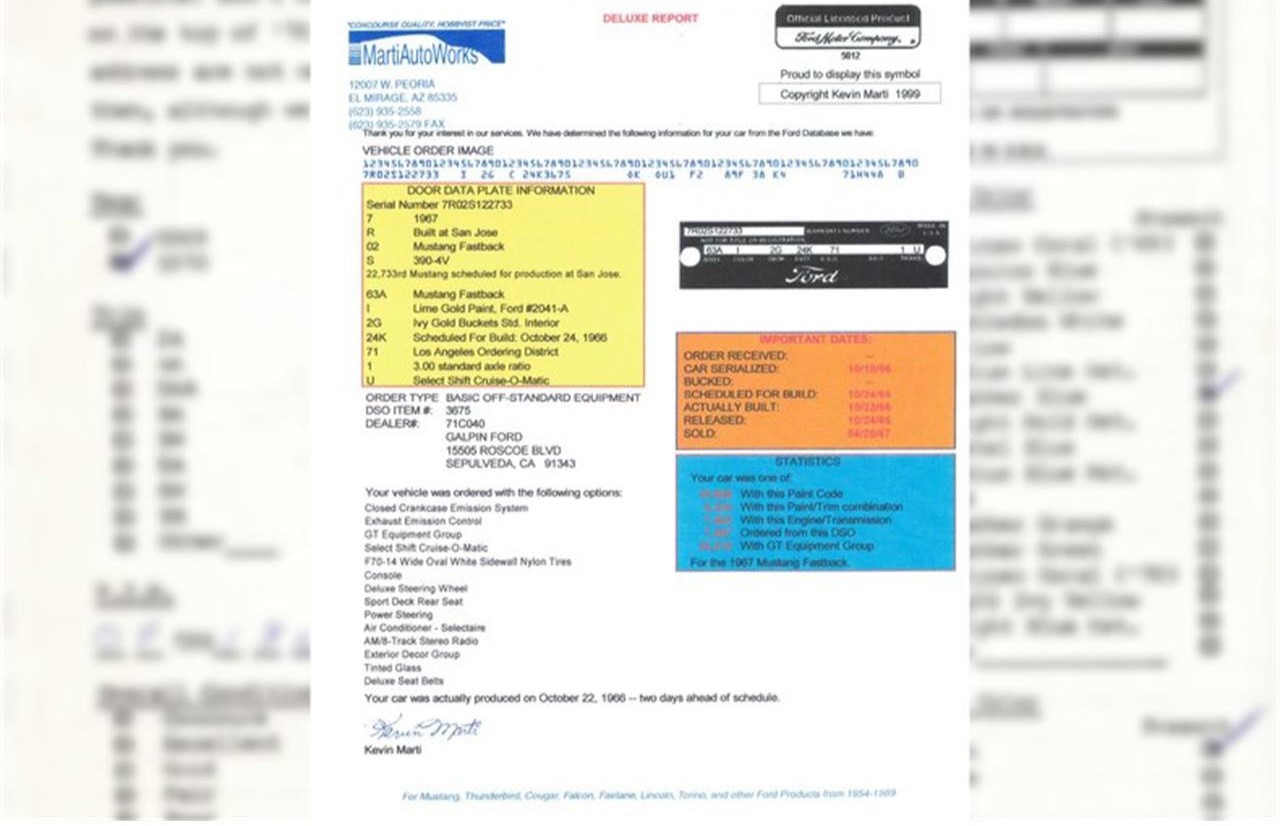
This Mustang GTA is the perfect example of how Ford’s “better idea” set the tone for future Mustangs while exploiting what made the Mustang great over its first 28 or so months. Be sure to check out the Marti Report for this car’s pedigree, which shows it to have sold new at world-famous Galpin Motors in Los Angeles. To own this “significant” piece of Ford history, you’ll need $119,995.
Click here for this ClassicCars.com Pick of the Day.


